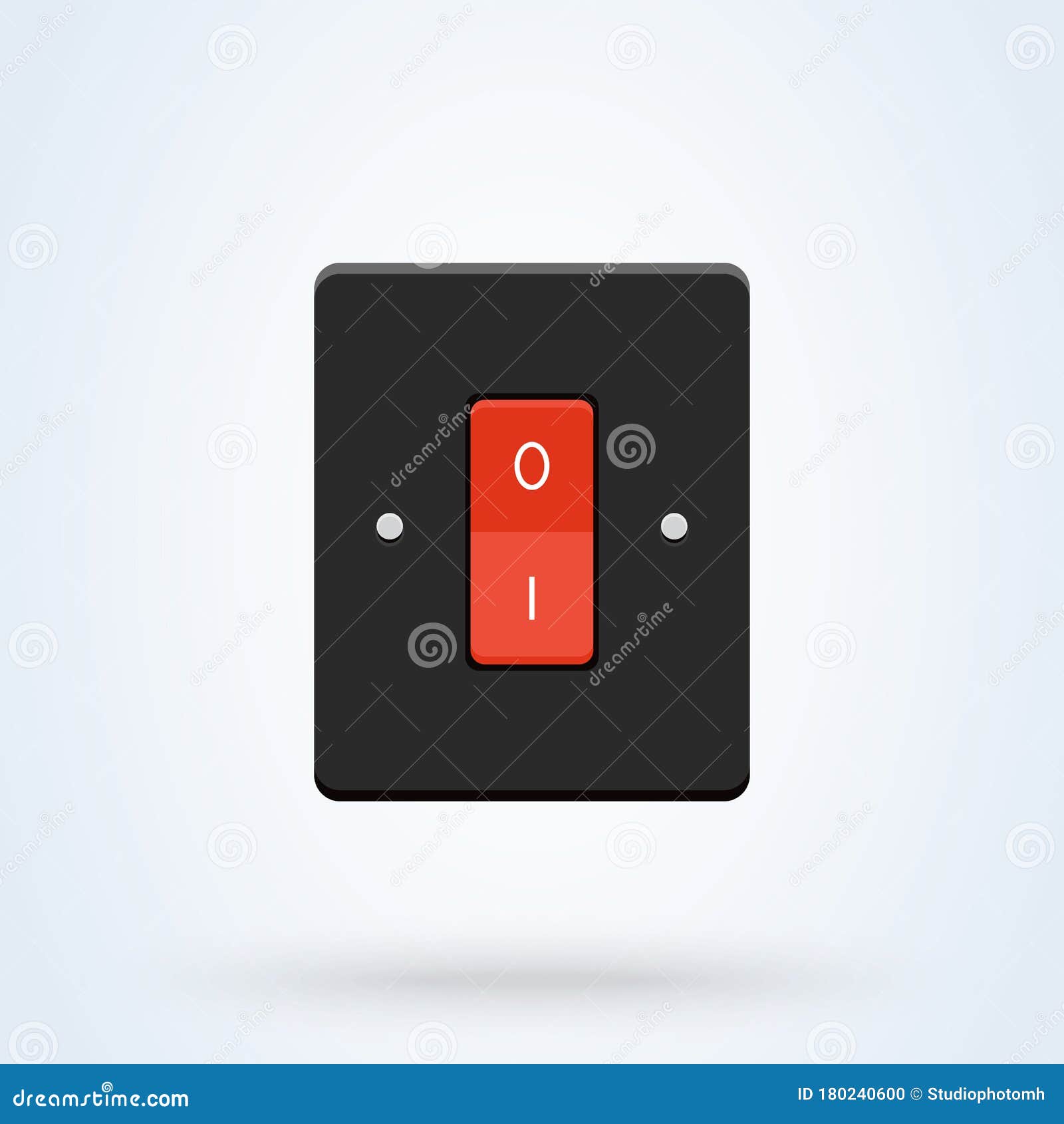

Some utilities may charge different rates for electricity consumption during different times of the day.There can be different rate schedules within each class. The price an electric utility charges its customers depends on the customer "classes," which are typically residential, commercial, and industrial.


The value of the energy saved by turning a CFL off depends on several factors: This in turn determines the shortest cost-effective period for turning off a fluorescent light. Therefore, the real issue is the value of the electricity saved by turning the light off relative to the cost of changing a lightbulb. Turning off fluorescent lights for more than 5 seconds will save more energy than will be consumed in turning them back on again. The amount of electricity consumed to supply the inrush current is equal to a few seconds or less of normal light operation. In any case, the relatively higher "inrush" current required lasts for half a cycle, or 1/120th of a second. The amount of energy varies between manufacturers and models-however, ENERGY STAR© rated bulbs are required to endure rapid cycling for five-minute intervals to ensure that they can hold up to frequent switching. It is a popularly held belief that CFLs use a lot of energy to get started and it is better not to turn them off for short periods. You can generally extend the life of a CFL bulb more by switching it on and off less frequently than if you simply use it less. The operating life of CFLs is more affected by the number of times they are switched on and off. If you will be out of a room for more than 15 minutes, turn it off.If you will be out of a room for 15 minutes or less, leave it on.Since they are already very efficient, the cost effectiveness of turning CFLs off to conserve energy is a bit more complicated. Therefore, it is best to turn these lights off whenever they are not needed. While halogens are more efficient than traditional incandescent bulbs, they use the same technology and are far less efficient than CFLs and LEDs. Turning lights off will also keep a room cooler, an extra benefit in the summer. 90% of the energy they use is given off as heat, and only about 10% results in light. Incandescent lights should be turned off whenever they are not needed, because they are the least efficient type of lighting. The more often they are switched on and off, the lower their operating life. All lightbulbs have a nominal or rated operating life, which is affected by how many times they are turned on and off. The type of lightbulb you use is important for several reasons. The cost effectiveness of when to turn off lights depends on the type of bulb and the cost of electricity.


 0 kommentar(er)
0 kommentar(er)
